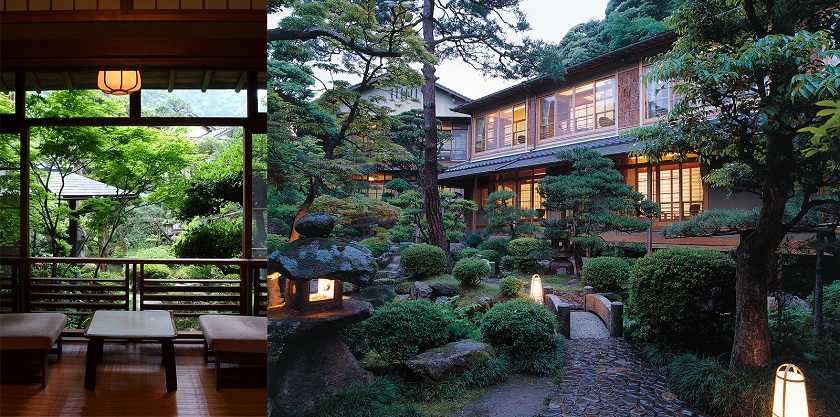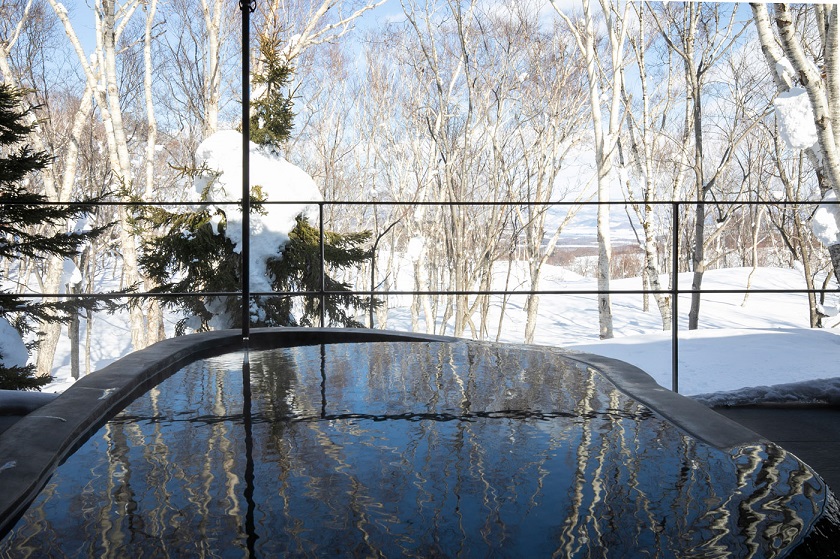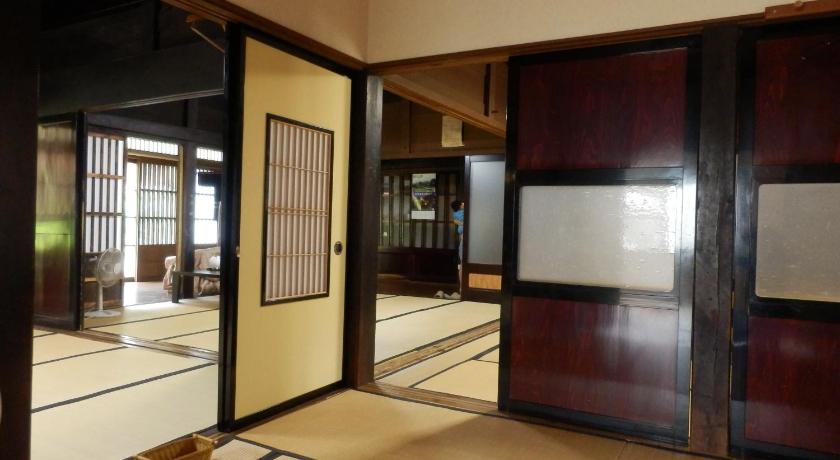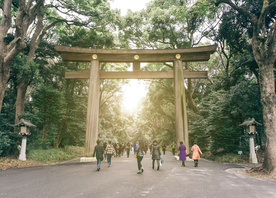Table of contents:
Throughout Japan, it is not uncommon to find both Western and Eastern versions of various things, from gardens to toilets. Hotels are no exception to this. While more western-style hotels are widely available, traditional, Japanese-style hotels called “ryokan” are also commonplace. Ryokan often feature such traditional Japanese staples as shōji and tatami. These are an excellent choice for travelers who want to enjoy a more traditional local experience when visiting Japan.
The experience of ryokan is not limited just to the style of the rooms. Ryokan often include amenities such as onsen, offer traditional Japanese meals, and observe Japanese household traditions. However, these will vary depending on the ryokan, which can differ widely both individually and across the country. Luckily, the Japanese have famously impressive public transportation, and Japanese rail passes can be a great boon to a traveler wishing to travel easily between a favored ryokan and other sites throughout Japan.
The Japanese Experience
As stated, many ryokan try to utilize or at least invoke traditional Japanese culture as part of the experience. It is therefore helpful to have a basic knowledge of Japanese cultural attitudes and etiquette going in. Perhaps the most important thing to know about Japanese culture is that the Japanese highly value courtesy, and tend to be very community-oriented rather than individual-oriented. This can be observed in much of day-to-day life in Japan.
- In Japan, there is no tolerance for littering.
- Japan is well known for its low crime rate — so much so that it is not uncommon for Japanese people to leave valuables such as purses unattended.
- Japanese people are incredibly patient when it comes to waiting for their turn, e.g. standing in line.
- Punctuality is highly valued in Japan.
- Because the Japanese tend to not want to bother others around them, it is often considered rude to be loud, especially in public spaces.
- It is uncommon to ask for meal specifications, as a result of reluctance to inconvenience the cook.
Having this foundational knowledge of what to expect about Japanese customs will likely be beneficial for day-to-day travel and interactions, as well as to give one an idea of the expectations regarding an overnight stay in ryokan.
Types of Ryokan and Examples
Even once one has decided to stay in a ryokan, the remaining decisions can still be dizzying. There are many different types of ryokan, and the number of individual guest houses is staggering. Below is an explanation of different types of ryokan, along with a selection of highly-rated, specific examples.
Standard Ryokan
Standard ryokan are the best option for visitors who want to find thrifty accommodations, while still getting an authentic Japanese experience. Standard ryokan are usually small and housed in inexpensive real estate, while still providing a traditional experience through decor and amenities. The least expensive of these may also be referred to as “Category D” ryokan
Edo Sakura

Due to standard ryokan representing a more frugal option, there aren’t really famous examples to speak of. However, for a frame of reference, the Edo Sakura ryokan is a well-rated standard ryokan found in the Taito ward of Tokyo, within walking distance of both Ueno Station and the famous Ueno Park. The popular “Standard Japanese Room” is made for 2-3 guests and costs approximately $290 USD for two nights, although rates depend on many factors. It is important to note, however, that it is very much possible to find even less expensive ryokan throughout Japan, some for as little as under $100 USD per night.
Modern Ryokan
Modern ryokan could be thought of as something more akin to a Japanese-themed western inn, compared to other types of ryokan. While modern ryokan still aim to provide visitors with a more traditional experience, catering to visitors accustomed to modern hotel comforts is the first priority.
Villa Rakuen
The Villa Rakuen is found in the Hyōgo Prefecture, and costs approximately $340 per night for two guests. This ryokan is found on Awaji Island, home to many important Japanese historical sites, such as Onokorojima Shrine. Villa Rakuen provides guests with an interesting combination of modern comforts with idyllic surroundings.
Traditional Ryokan
Traditional ryokan are often historical homes, the preservation of which often trumps the day-to-day comfort of guests. As is often the case with older buildings, traditional ryokan may lack things such as modern climate control or Wi-Fi. It may be in the best interest of visitors to bring warm pajamas and pocket Wi-Fi.
Nishimuraya Honkan

Nishimuraya Honkan is over 150 years old and is one of the most famous traditional ryokan, located in the prefecture of Hyōgo (which is famous for its onsen). While Japanese-style gardens are fairly standard for traditional ryokan, the garden found at Nishimuraya Honkan is particularly impressive. The hotel is configured so that many of the rooms can face the garden. Standard rooms are approximately $600 USD per night.
Luxury Ryokan
Luxury ryokan, as one might expect, cost a measured amount of money. An incredible effort is put into providing top-notch hospitality for guests, and both modern comforts and traditional atmosphere are often maximized as much as they can be in tandem. The most luxurious of these would be called a “Category A+++” ryokan.
Zaborin

Found in the Hanazono woods of Hokkaido, Zaborin is a small luxury ryokan that belies its large reputation, and focuses strongly on providing privacy for its residents. Showcasing a combination of traditional and modern comforts, a room at Zaborin costs at least $1,000 USD per night on average.
Minshuku
Minshuku are family-operated, and may in fact be the home of the hosting family. These are more in the vein of a small bed and breakfast, with attentive care from the hosts. Minshuku are very traditional and very quaint, allowing guests the novel opportunity to experience Japanese culture with an actual family.
Minshuku Goyomon

Minshuku are commonly traditional farmhouses, and Minshuku Goyomon in the Toyama Prefecture is no exception. However, it is an exception in that it is designated as a World Cultural Heritage Site. Nightly stays start at a minimum of approximately $50 USD.
Shukubo
The most prevalent religions in Japan are Shintoism and Buddhism. Some Buddhist temples offer lodgings for visitors called shukubo, which often provide simple, but
Beautiful accommodations. This is, of course, a great way to experience another facet of Japanese culture.
Myoshinji
Myoshinji Shukubo is a more modern-style shukubo, located in Kyoto. This shukubo is in a central location to many popular sightseeing areas, and costs only about $75 USD for one night in a single room.
Koya-san
One of the best places to try is Koya-san, the center of Shingon Buddhism and famous pilgrim destination. Shukubo is both offered to pilgrims and visitors alike. Read our Guide to Koya-san for more details.

.png)


